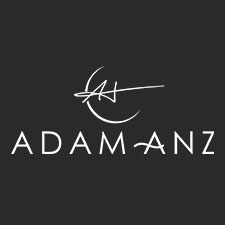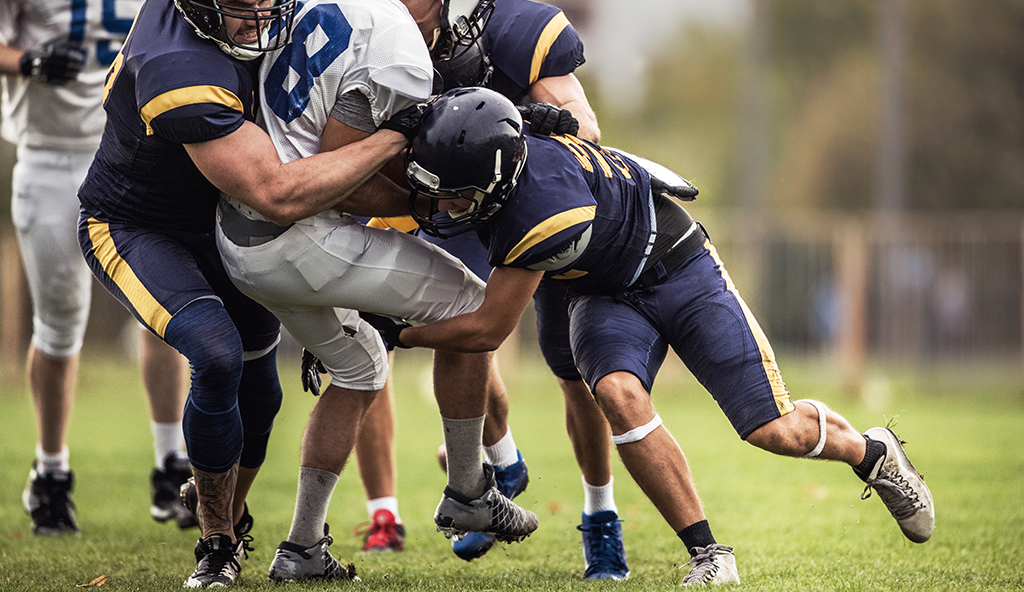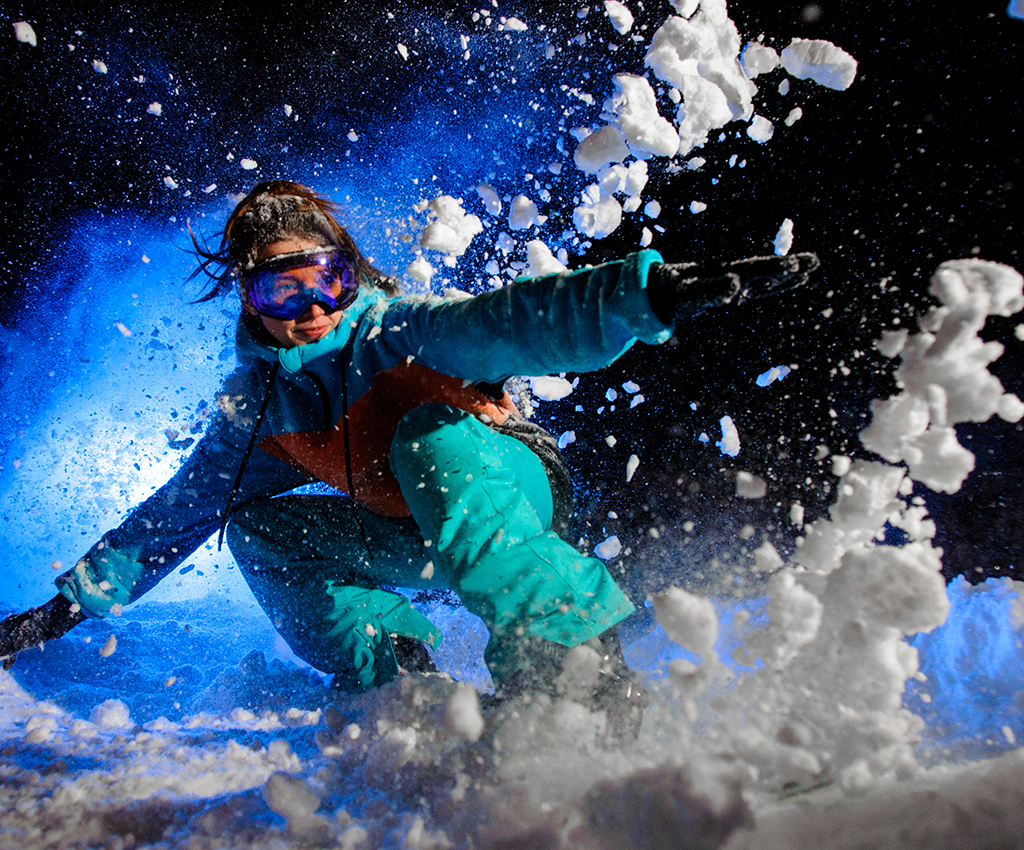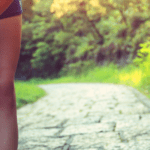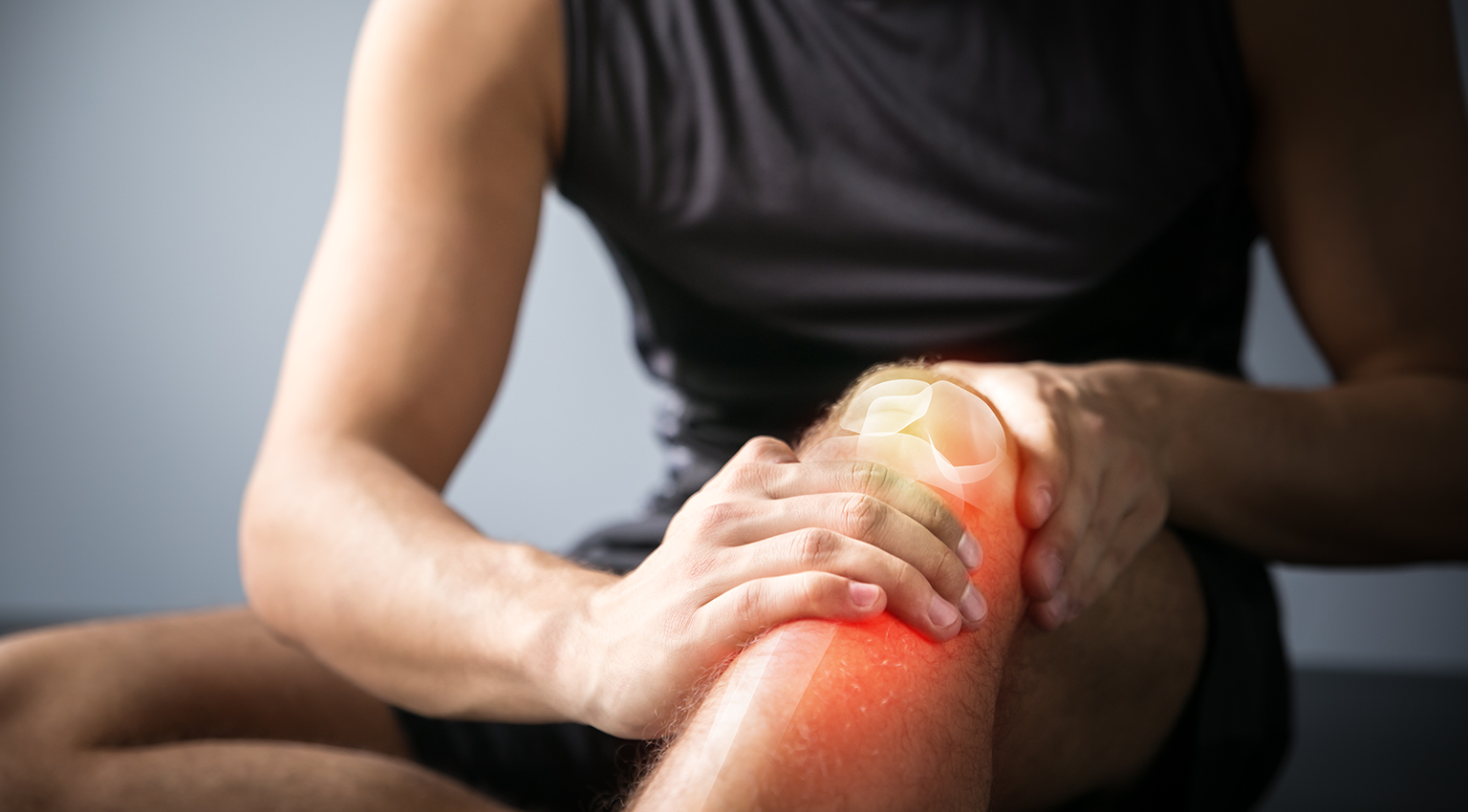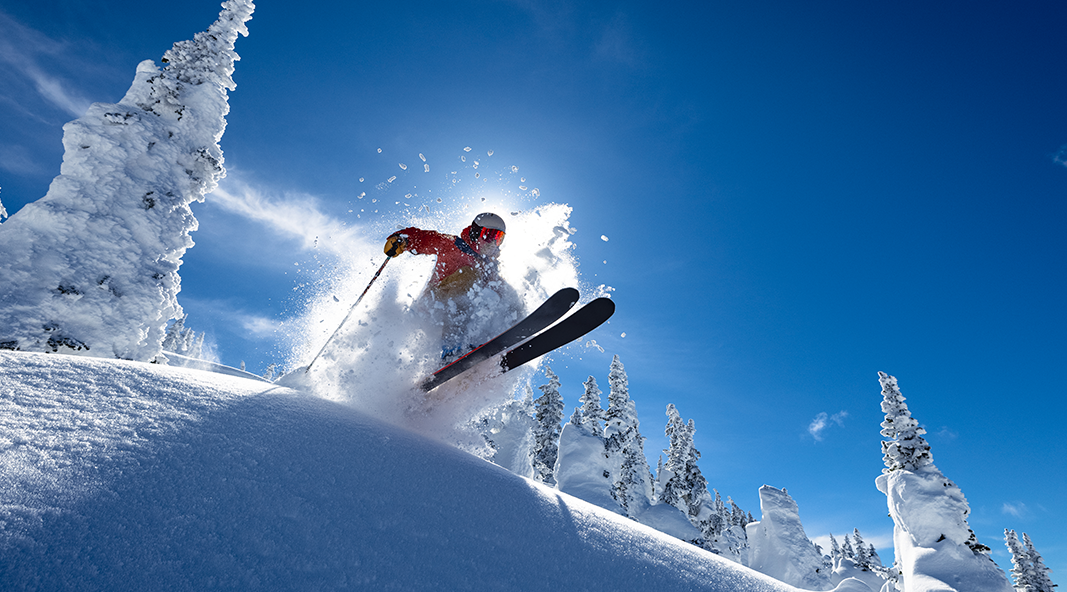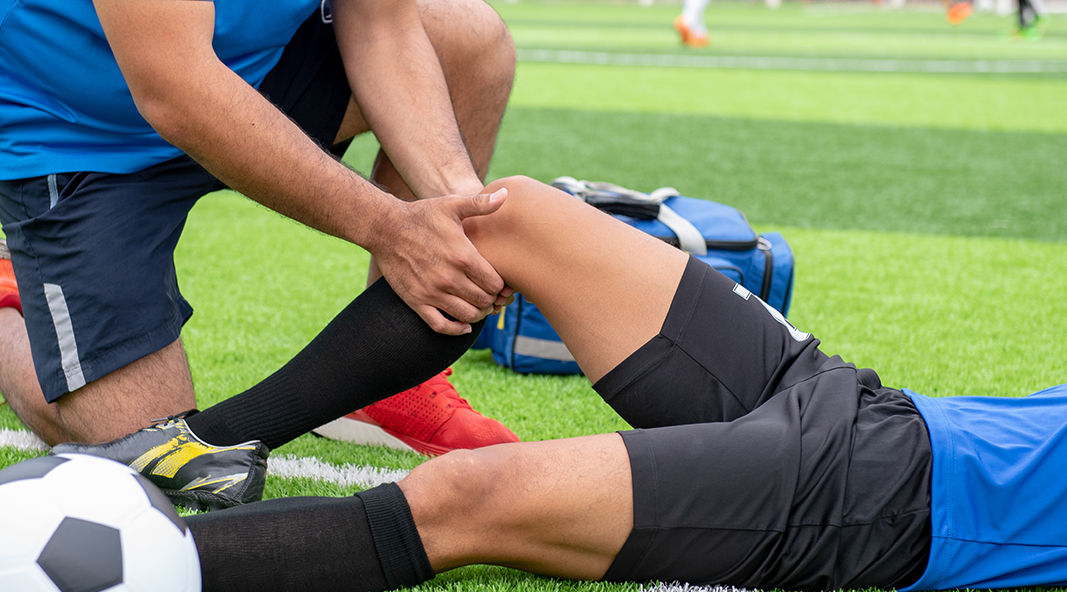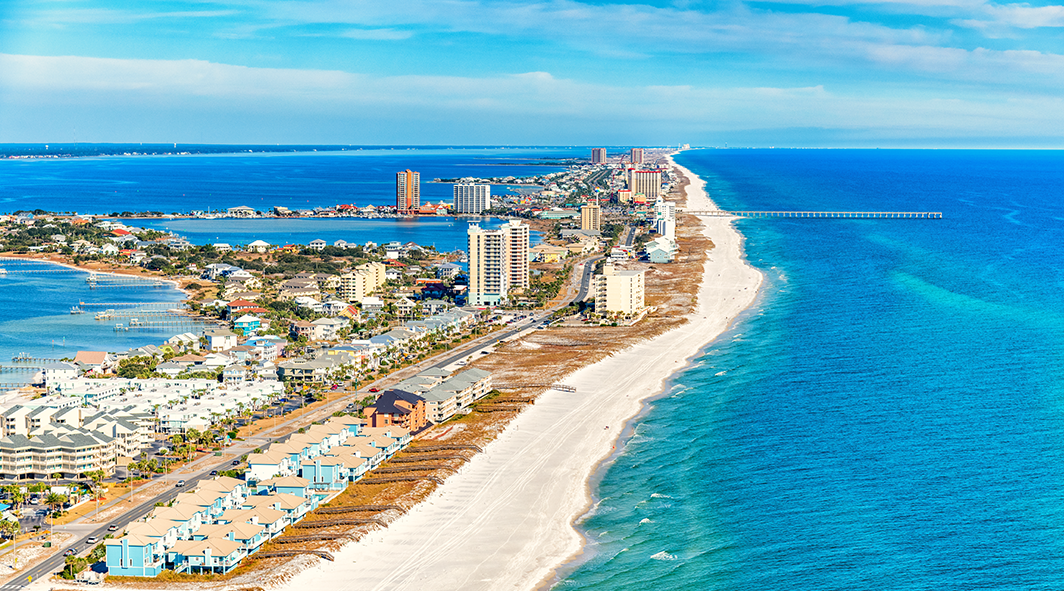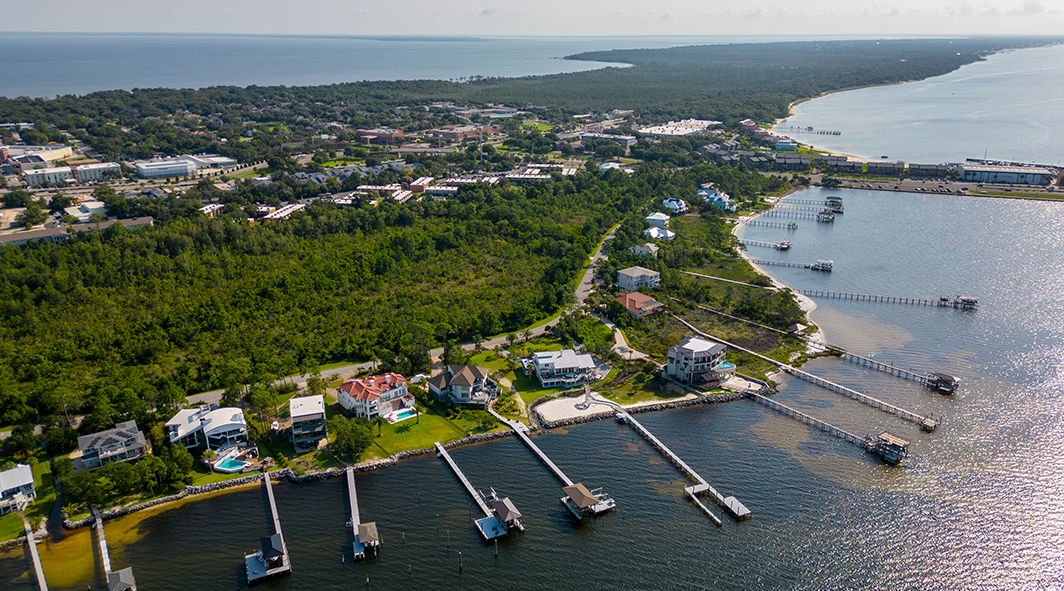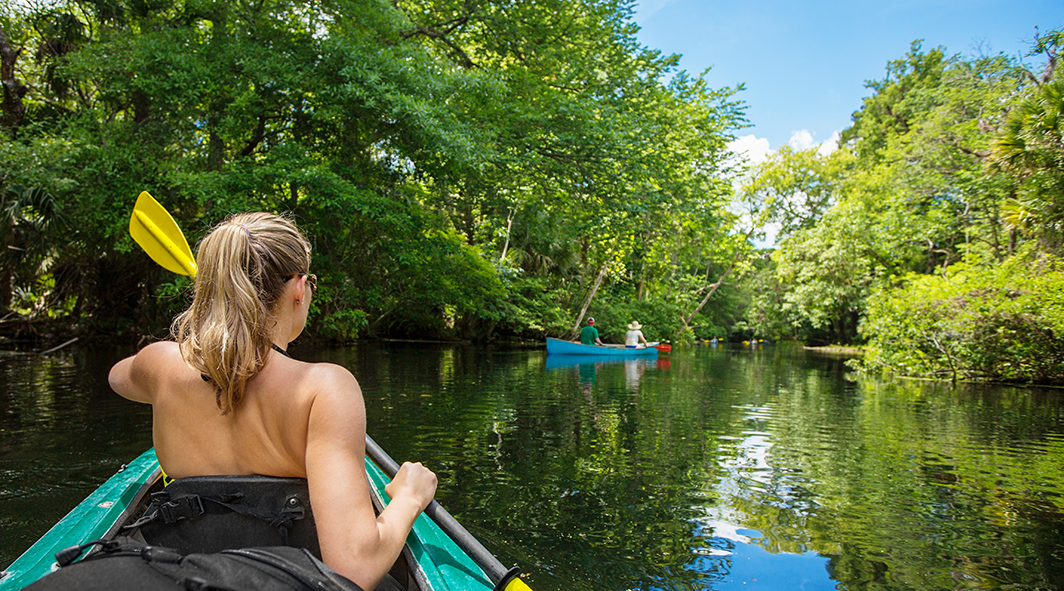
General Considerations
- Meniscus Repair Considerations: Flexion over 90 degrees loads the back of the meniscus, which is the area where tears occur during ACL injury events. For this reason, flexion is controlled after meniscus repair and weight bearing directed by the extent of the tear and repair.
- BRACE: The brace should be worn at all times for the first week, except to bathe and during physical therapy. After the first week, the brace should be worn when up for activity or ambulation. Keep the brace locked in extension while the nerve block is still active. The brace can be unlocked after the first week with the 0-90 degree block active and worn until quad strength normalizes (test: 10 straight leg raises without lag). The brace will protect flexion from exceeding 90 degrees for the first 2 weeks.
- INCISIONS: Keep your incisions clean and dry for the first two weeks. The steri-strips will be removed and your incisions will be examined at your 2 week post-op visit. Plan to keep your incisions aware from the sun for 3 months for best cosmetic results.
- SWELLING/EXTENSION/PATELLA: The top three priorities immediately following surgery are managing swelling, attaining full extension, and mobilizing the patella. Place pillows under the heel/ankle and elevate the knee above the level of the heart while resting to facilitate resolution of swelling. Avoid a pillow directly under the knee for the first 6 weeks to help obtain/maintain extension. Begin patella mobilizations immediately to prevent adhesions.
- CRUTCHES: Crutches should be used for ambulation for 3-5 weeks and the following criteria must be met before discontinuing the crutches: 1) Full extension, 2) Good quadriceps function, 3) Normal gait mechanics.
- PREVENTION OF DEEP VEIN THROMBOSIS (DVT): Increasing blood circulation when not fully weight bearing expedites the resolution of post-operative swelling, in addition to decreasing the risk of blood clot/DVT. Performing 30 reps of ankle pumps every hour and wearing compression socks can help increase blood circulation to reduce the risk of a DVT. Additionally, the Geko is a disposable neuromuscular electrostimulation device that can be worn at the knee to gently stimulate the common peroneal nerve. This stimulation activates the calf and foot muscles to increase blood flow and reduce post-operative swelling. The increase in blood flow is equal to 60% of normal walking at a time when patients are not normally walking.3 The Geko is an optional addition to reduce swelling and decrease the risk of DVT after surgery. Additional information regarding the Geko can be found in green throughout the protocol.
- IMMEDIATE POST-OPERATIVE HOMEWORK:
1) Isometric quad sets: fire quadriceps muscle hard and hold for 5 seconds, relax for 2 seconds. Perform 30 reps, 3-5 times daily.
2) Straight leg raise: fire quadriceps muscle, so knee is fully extended, then lift leg about 3-5 inches. Hold for 2 seconds, then slowly lower leg back to surface. Relax for 2 seconds. Repeat. Perform 30 reps, 3-5 times daily.
3) Patella mobilization
- FUNCTIONAL PROGRESSION: Please note that the following protocol is a general guideline. Patient should not be progressed to the next phase until they demonstrate proper form with all activities and functional criteria are met in the current phase.
- PHYSICAL THERAPY: Formal physical therapy provides the optimal environment and guidance throughout the recovery process. In an ideal situation, 50-60 visits during the first 9 months of the recovery would be optimal. Patients should visit with a physical therapist 3 times a week for the first 6 weeks, then 2 times a week for the next 6 weeks. During the next phase of recovery, patients should visit a physical therapist once a week to once every other week during the 3-month to 7.5-month time points. Patients should then return to physical therapy 2 times a week for the 7.5-month to 9-month time points, as an athlete is primed for return to sport. This is not always possible and must be tailored for each patient. Since not all patients have access to the same equipment, exercises should be tailored appropriately. There is concern regarding strain values on ACL graft with open chain activities for the first 6 weeks of healing. Therefore, limit open chain activities in the first 6 weeks to light-load, short-arc quadriceps exercises.
- BLOOD FLOW RESTRICTION THERAPY: Blood Flow Restriction (BFR) has compelling evidence that it can improve the return of quadriceps size/strength when used post-operatively with low-intensity resistance training (LIRT) after ACL reconstruction.2 However, not everyone will have access to BFR. Additional information regarding BFR can be found in red throughout the protocol and are optional as circumstances allow.
- RUNNING: Track or treadmill running should not be started before 5-6 months post-operatively.
- AGILITY: Functional progressions toward agility should be based upon our entire timeline for return to sport and typically start at the 7.5 month time point.
PREVENTION OF RE-INJURY: This protocol is designed to protect and optimize recovery and reduce the risk of re-injury. Bone tunnel healing typically requires 4-6 weeks. Patients who return to Level I sports have a 4.32 times higher injury rate than those who do not. Re-injury rates are reduced by 51% for each month return to sport is delayed until 9 months after surgery. After 9 months, no further risk reduction is observed.1
Protocol Phases
- PHASE 0: PREPARING FOR SURGERY
Goals:
- Diminish inflammation/swelling/effusion and pain
- Restore normal range of motion (ROM), especially knee extension, with a goal of 0 degrees of extension and 120 degrees of flexion. This will not be possible if there is a buckethandle meniscus tear.
- Restore voluntary muscle activation
- Protect the knee from further injury. If there is a bucket handle meniscus tear, crutches are needed with toe touch weight bearing before surgery. If there is no clear meniscus tear, activity should be limited from walking on uneven terrain, running, cutting, pivoting.
- Educate patient on goals, expectations, and precautions.
Exercises/Treatments:
–Swelling Control: Cryotherapy and muscle stimulation as needed. Compression wrap as needed.
–Range of Motion: Active and passive range of motion with a goal of 0 degrees of extension and 120 degrees of flexion The use of a stationary bike or stepper may be utilized.
–Muscle Activation and Strength: Isometric quad sets, Straight Leg Raises, Gentle CKC exercises: mini squats, lunges, step-ups Gait and crutch training
-Blood Flow Restriction: Under the direct supervision of a trained Physical Therapist in BFRIsometric pre-conditioning, isometric quad set, leg extension over knee roll, straight leg raises
- PHASE 1: RESTORING ACTIVITIES OF DAILY LIVING WITH MAXIMAL GRAFT/MENISCUS PROTECTION (WEEKS 0-6)
Goals:
- Diminish joint swelling and pain
- Restore full passive knee extension
- Keep Range of Motion from 0-90 degrees for first 2 weeks unless otherwise stated on prescription.
- Toe Touch Weight Bearing for first 2 weeks and then a 2 week crutch wean unless otherwise stated on prescription.
- Restore patellar mobility and prevent adhesions
- Improve muscle control and activation: Re-establish quadriceps control: Goal 20 SLR without Lag
- Gradually improve knee flexion: except 0-90 degrees for first 2 weeks
- Normalize gait pattern with crutches, over weeks 3 and 4.
- Discontinue the use of crutches. Bilateral crutches should be used for ambulation for 3-5 weeks and the follow criteria must be met before discontinuing the crutches:
1) full extension,
2) good quadriceps function (20 SLR without Lag),
3) normal gait mechanics.
- Wean from the brace as quad strengthens and patient comfort level allowsExercises/Treatments:
–Swelling Control:- Begin using Geko with compression sock for 3 hours a day on post-op day 1 through 3 weeks
- Cryotherapy and muscle stimulation as needed
- Compression wrap as needed for swelling
-Range of Motion:
- Active and passive range of motion with a goal 0 degrees of extension and 120 degrees of flexion by 4 weeks
- Overpressure into full, passive knee extension by post-op day 7
- Patella Mobilization – Grade I, II all directions
- Gastroc towel stretch
- Heel slides/wall slides
- Bike or seated stepper (rocking-for-range → riding with low seat height)
- Heel prop/prone hang (minimize co-contraction / nociceptor response)
- Stretching all major groups to improve flexibility
-Muscle Activation and Strength:
- Isometric quad set: Fire quadriceps hard for 5 seconds, Relax for 2 seconds, Repeat.
- Ankle pumps
- Straight leg raises: Fire quadriceps to set full knee extension, Lift 3-5 inches, Lower back to surface, relax for 2 seconds, Repeat. SLR w/Assist prn for lift off -> Progress to Independent SLR by day 7
- Gait and Crutch training
- Gentle CKC exercises: mini squats, lunges, step-ups
- Weight shifts while in brace
- Hip Focused Straight Leg Raises: Hip adduction/abduction: SLR or with equipment
- Step-ups
- Knee extension
- Leg press
- Shuttle press without jumping action
- Standing heel raises progress from double to single leg support
- Seated calf press against resistance
-Neuromuscular Training
- Proprioception and balance activities (i.e. cone walking / step overs)
- Begin aquatic therapy walking gait training (if available)
- Begin proprioceptive training in water (calf raises – 2 leg)
- Single-leg stance with or without equipment (e.g. instrumented balance system)
- Wobble board
- Rocker board
-Blood Flow Restriction Therapy – Under the direct supervision of a trained Physical Therapist in BFR
- Ischemic pre-conditioning
- Isometric quadriceps setting
- Leg extension over knee roll
- Straight leg raises
-Criteria for Phase Progression
- Full range of motion compared to contralateral side
- Minimal to no joint effusion
- Minimal / no joint line or patellofemoral pain
- Weaned from crutches and brace
- 20 Straight Leg Raises without Lag
- Normal gait
- Global Rating of Knee Function of > 7
- GRKF: How would you rate the function of your knee on a scale of 0 to 10 with 10 being normal, excellent function and 0 being the inability to perform any of your usual daily activities?
- PHASE 2: STRENGTH, BALANCE, NEUROCOGNITIVE FUNCTION WITH MODERATE GRAFT PROTECTION (MONTHS 1.5 to 7.5)
Goals:
- Normalize strength
- Normalize proprioception
- Normalize functional movements
- Normalize and improve neurocognitive function and neuromuscular control
- Normalize and improve the patient’s confidence in their knee
- Enhance muscular power and endurance
- Initiate interval walk/run program after 5 months
Precautions:
*No agility or plyometrics as these will put significant stress on a maturing graft
Exercises/Treatments–Muscle Activation and Strength:
- Leg press
- Knee extension
- Progress hip and core musculature strengthening
- Forward step-ups
- Lateral step-ups
- Lateral mini band walks
- Initiative dynamic stretching
- Retro-walking on treadmill
- Pool running
- Reverse lunges
- Squats
- Leg press
- Hamstring curl
- Step-ups/down
- Lunges
- Sports cord
- Wall squats
-Neuromuscular Training
- Wobble board / rocker board / roller board
- Perturbation training
-Blood Flow Restriction Therapy – Under the direct supervision of a trained Physical Therapist in BFR
- Preconditioning
- Strengthening at physical therapist’s discretion
Criteria for Phase Progression
- Interval running complete without pain or swelling
- Quad torque / body weight ratio (55% or greater)
- Hamstrings / Quadriceps ratio (70% or greater)
- Able to perform quality single leg squat to 45 degrees
- Able to perform 70% maximum contralateral leg press
- Able to perform reciprocal bounding for 50 feet with good form
- Hopping without pain or swelling (Bilateral and Unilateral)
- Neuromuscular and strength training exercises without difficulty
- Force Plate is 10% Less Than or Equal to non-involved extremity
- Maximum vertical jump without pain or instability
- 75% of contralateral on hop tests
- Global Rating of Knee Function score of > 8
- GRFS: How would you rate the function of your knee on a scale of 0 to 10, with 10 being normal, excellent function, and 0 being the inability to perform any of your usual daily activities?
- RETURN TO AGILITY AND SPORT FUNCTIONAL TESTING
*Beginning at the 6-month milestone and building upon completion of sequential tests
Expectation to complete around 9 monthsA Checklist Document will be provided at the 6-month visit for completion by Physical Therapy
9 Domains are Requested with Coordination with Physical Therapy to Test Proficiency
- Basic Knee/Muscle Measurements
- Proprioception Testing
- Kinetic Chain Isokinetic Testing
- Knee Closed Chain Isokinetic Testing
- Knee Open Chain Isokinetic Testing
- Double Leg Hop Test
- Single Leg Hop Test
- Lower Extremity Functional Testing
- Sport-Specific Testing
Based Upon the Work and Publication of George Davies DPT/ATC4
- PHASE 3: RETURN TO ACTIVITY PHASE (MONTHS 7.5 to 9)
Goals:
- Achieve maximal strength, endurance, power
- Optimize proprioception / balance skills
- Restore Running patterns (Figure-8, pivot drills, etc.)
- Restore Sport Specific Movement Patterns
- Sport-specific training without pain, swelling or difficultyExercises/Treatments
-Aggressive Strengthening:
- Squats, Lunges, Plyometrics
-Agility Drills:
- Shuffles
- Hopping
- Carioca
- Vertical jumps
- Running patterns at 50-75% speed (e.g. Figure-8)
- Initial sports specific drill patterns at 50-75% effort
-Neuromuscular Training
- Wobble board / rocker board / roller board
- Perturbation training
- Instrumented testing systems
- Varied surfaces
-Cardiopulmonary
- Running
- Preferred cardiopulmonary exercises
-Sport Specific Activities
- Interval training programs
- Running patterns in football
- Sprinting
- Change of direction
- Pivot and drive in basketball
- Kicking in soccer
- Spiking in volleyball
- Skill / biomechanical analysis with coaches and sports medicine team
Example Return to Sport Criteria:
- No functional complaints
- Confidence when running, cutting, jumping at full speed
- 85% contralateral values on hop tests and isokinetic strength training
- Global Rating of Knee Function of > 9
- GRKF: How would you rate the function of your knee on a scale of 0 to 10 with 10 being normal, excellent function and 0 being the inability to perform any of your usual daily activities
Updated July, 2022
Adam Anz, MD – Jessica Epstein, ATC – Michael Polascik, ATC.
References:
- Grindem, H, et.al . Simple decision rules can reduce reinjury risk by 84% after ACL-R: the Delaware-Oslo ACL cohort study. BJSM. 1-16, 2016.
- Charles D, White R, Reyes C, Palmer D. Effects of Blood Flow Restriction Training on Clinical Outcomes for Patients with ACL Reconstruction: A Systematic Review. Int J Sports Phys Ther. 2020 Dec;15(6):882-891.
- Tucker A, Maass A, Bain D, Chen LH, Azzam M, Dawson H, et al. Augmentation of venous, arterial and microvascular blood supply in the leg by isometric neuromuscular stimulation via the peroneal nerve. The International journal of angiology: official publication of the International College of Angiology, Inc. 2010 Spring; 19(1):e31-7.
- Davies GJ, McCarty E, Provencher M, Manske RC. ACL Return to Sport Guidelines and Criteria. Curr Rev Musculoskelet Med. 2017 Sep;10(3):307-314.
For additional information on ACL knee injuries, or to learn more about what is involved during ACL reconstruction surgery, please contact the office of orthopedic knee surgeon, Dr. Adam Anz, serving the greater Pensacola, Gulf Breeze, and Gulf Coast communities.
